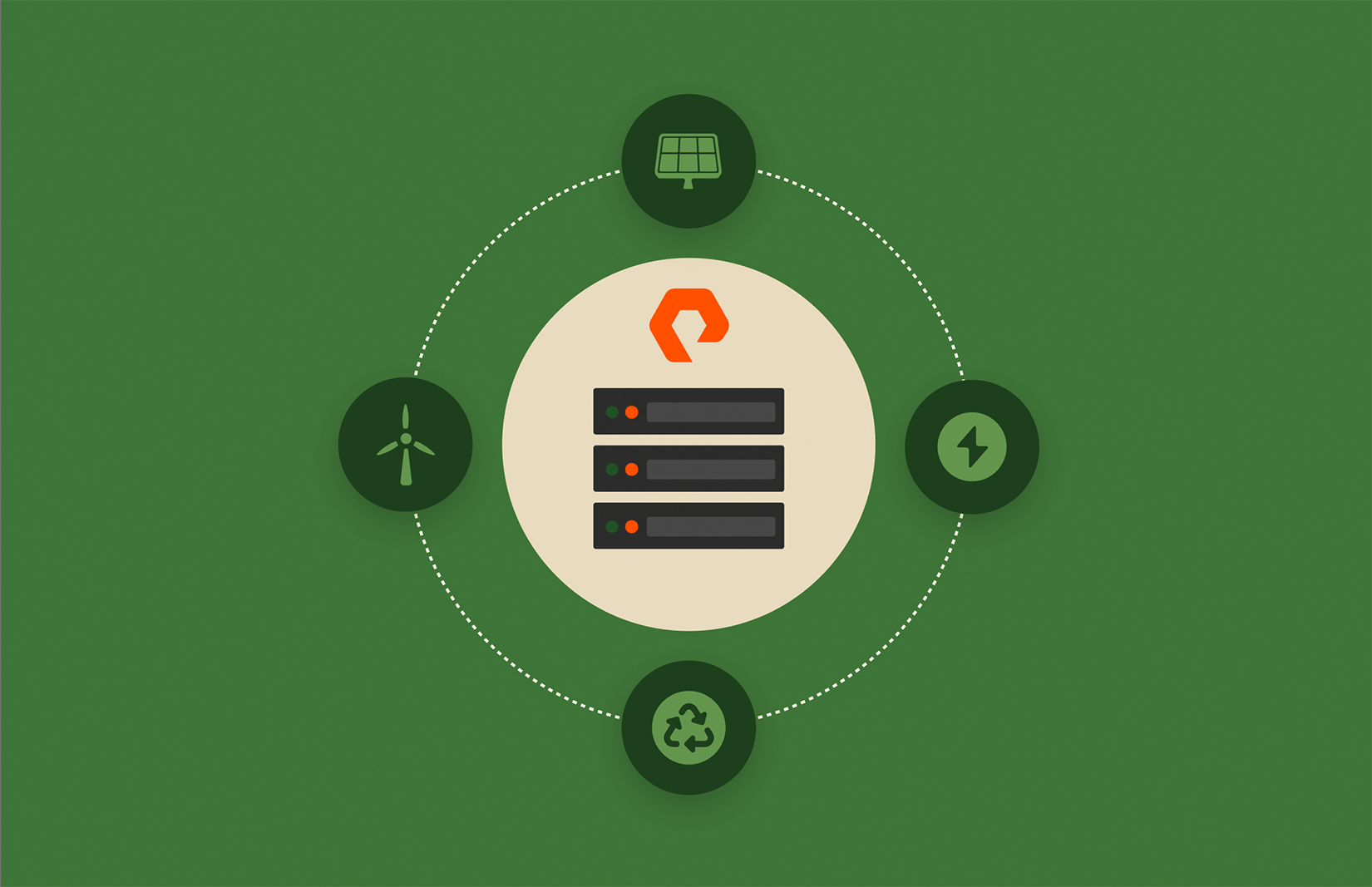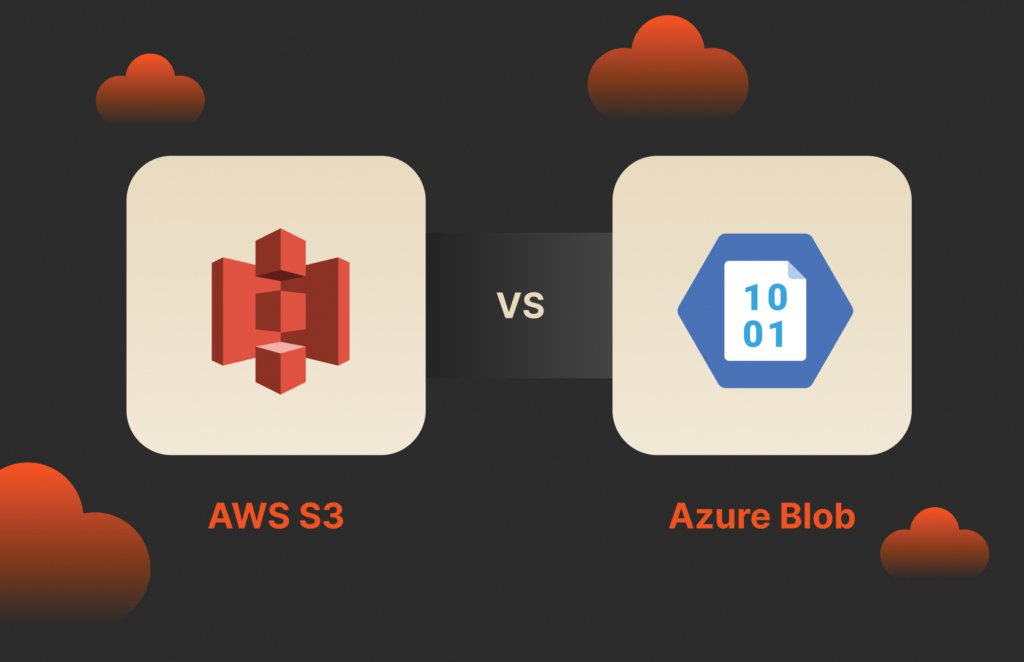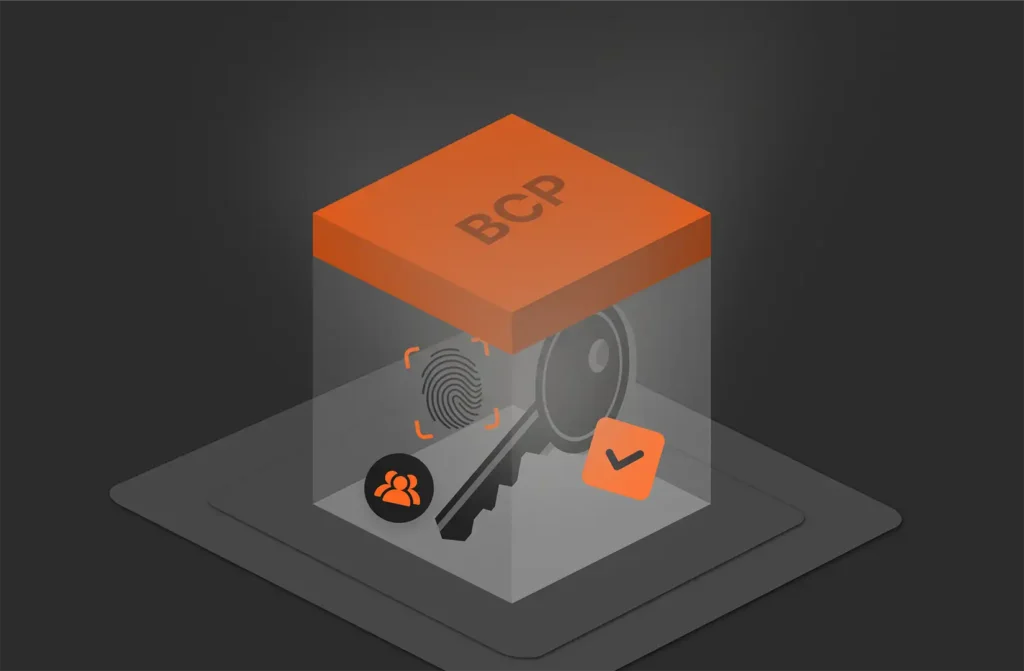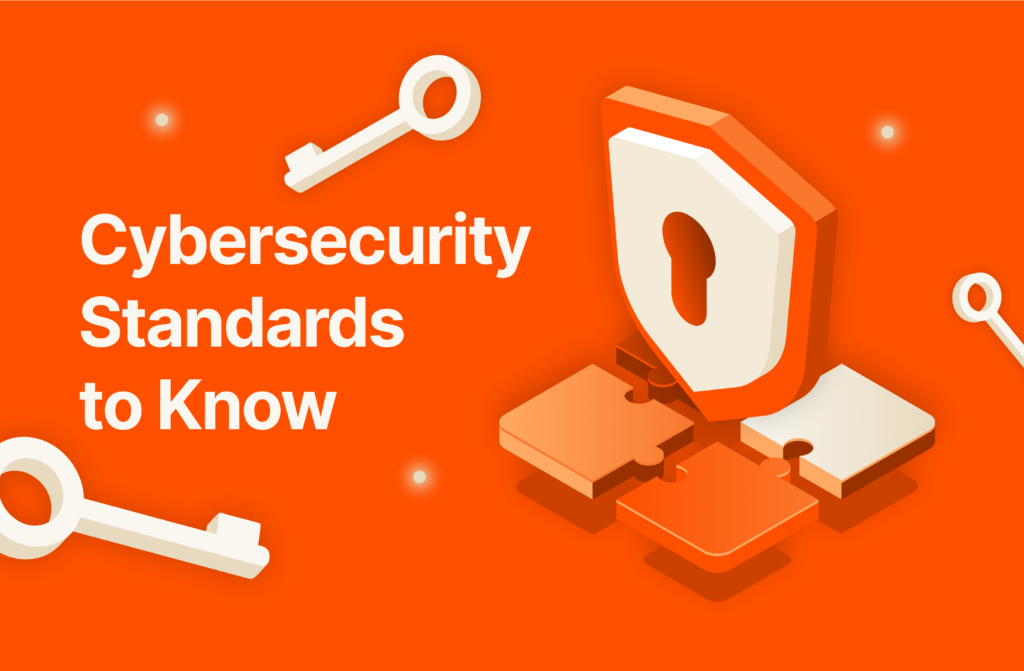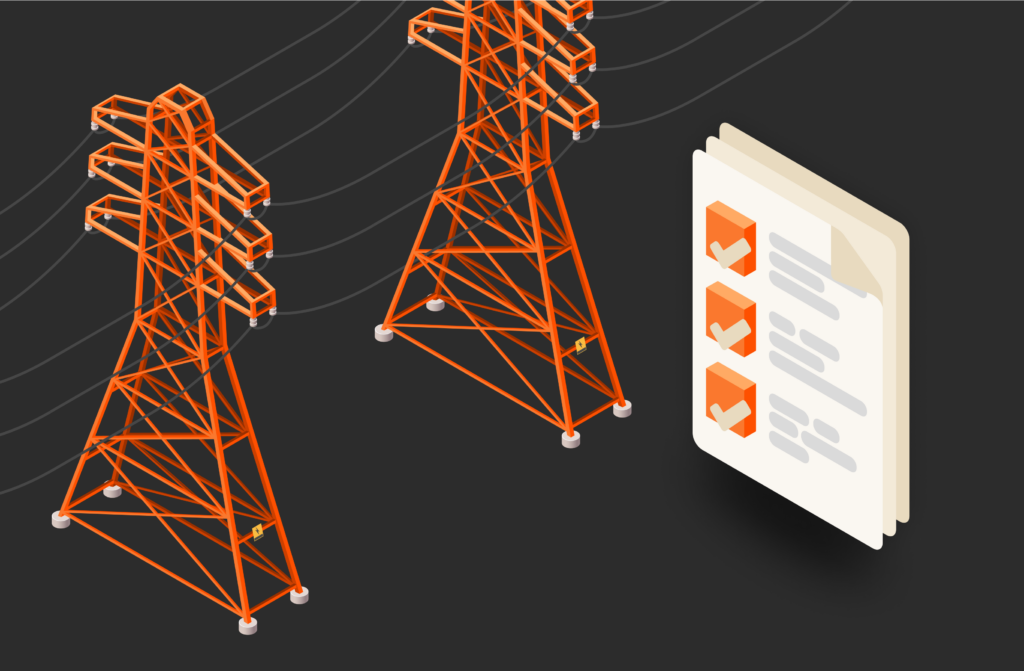Summary
Also known as green data centers, sustainable data centers aim to reduce energy consumption, minimize carbon emissions, and optimize resource usage.
A sustainable data center, also known as a green data center, is designed to maximize energy efficiency and minimize environmental impact while storing, managing, and disseminating data. These data centers focus on reducing energy demand and carbon emissions through various technologies and strategies.
Sustainable data centers employ advanced techniques such as efficient cooling systems (like cold and hot aisles, free air cooling, and evaporative cooling), low-power servers, high-performance equipment like all-flash storage arrays, modular designs, and heat recovery systems. They also prioritize using renewable energy sources, implement e-waste recycling programs, and utilize environmentally friendly building materials.
By adopting these practices, sustainable data centers aim to lower long-term operating costs, reduce space requirements, decrease water usage, and cut overall electricity consumption while maintaining high performance and reliability.
Key Elements of Data Infrastructure Sustainability
Sustainable data centers incorporate several essential components to minimize environmental impact while maintaining high performance. Here are the key elements that contribute to data infrastructure sustainability:
Energy Efficiency
Energy efficiency is the cornerstone of sustainable data centers. These facilities employ advanced technologies and strategies to reduce energy consumption:
- Efficient cooling systems: Techniques like cold aisle containment, free air, and liquid cooling optimize temperature management while reducing energy use.
- Low-power servers: Energy-efficient hardware, including solid-state drives (SSDs) and servers with power-saving modes, can reduce energy consumption by up to 90% compared to traditional equipment.
- Virtualization: By consolidating multiple virtual servers on a single physical machine, data centers can maximize resource utilization and reduce overall energy demand.
Renewable Energy Sources
Sustainable data centers prioritize the use of clean, renewable energy to power their operations:
- Solar and wind power: Many facilities integrate on-site solar panels or partner with wind farms to source clean electricity.
- Power purchase agreements (PPAs): Data centers often enter into long-term contracts with renewable energy providers to ensure a consistent supply of green power.
- Microgrids: Some facilities are implementing microgrids to enhance energy resilience and increase renewable energy usage.
Waste Management and Circular Economy
Responsible waste management is crucial for minimizing the environmental impact of data centers:
- E-waste recycling: Implementing programs to recycle or repurpose outdated IT equipment properly reduces landfill waste and recovers valuable materials.
- Heat recovery systems: Capturing and repurposing waste heat from servers for other uses, such as heating nearby buildings, improves energy efficiency.
- Water conservation: Implementing water-efficient cooling systems and monitoring water usage effectiveness (WUE) helps reduce freshwater consumption.
Sustainable Design and Construction
The physical infrastructure of data centers plays a significant role in their sustainability:
- Green building materials: Using environmentally friendly and recycled materials in construction reduces the overall carbon footprint.
- Modular design: Modular architecture allows for easier upgrades and reduces waste during expansions or renovations.
- Optimized layout: Efficient space utilization and airflow management improve cooling efficiency and reduce energy consumption.
These fundamental elements work together to enhance the overall sustainability of data infrastructure. By implementing these strategies, data centers can significantly reduce their energy consumption, minimize carbon emissions, and optimize resource usage.
What Are the Key Benefits of Sustainable Data Centers?
Here are the key benefits of sustainable data centers for businesses and the environment:
Energy Efficiency and Cost Savings
Sustainable data centers employ advanced technologies and strategies to maximize energy efficiency, resulting in significant business cost savings. By utilizing efficient cooling systems, low-power servers, and optimized designs, these facilities can reduce energy consumption by up to 40% compared to traditional data centers. This translates to lower operational costs and improved long-term financial performance.
Improved Operational Resilience
Sustainable data centers often incorporate advanced technologies and redundant systems that enhance operational resilience. These facilities can better withstand environmental stresses and potential disruptions by implementing more efficient cooling systems, backup power solutions, and robust infrastructure. This improved resilience translates to higher uptime and reliability for businesses relying on these services.
Increased Reliability and Resiliency
Contrary to common perception, energy efficiency measures in sustainable data centers can enhance reliability and resiliency. These facilities often incorporate advanced technologies and designs that extend the life of existing infrastructure and reduce the likelihood of outages. This improved reliability ensures better service continuity for businesses and their customers.
Compliance and Future-proofing
As environmental regulations become more stringent, sustainable data centers help businesses stay ahead of compliance requirements. These facilities are designed for scalability and adaptability, allowing organizations to accommodate changing technologies and business needs easily. This future-proofing approach helps avoid costly infrastructure overhauls and ensures long-term viability.
Enhanced Brand Image and Customer Loyalty
Adopting sustainable data center practices demonstrates a company’s commitment to environmental stewardship and corporate social responsibility. This can significantly improve a business’s public image, boost employee morale, and enhance customer loyalty. As consumers and partners increasingly prioritize sustainability, green data centers can provide a competitive advantage in the marketplace.
Access to Green Financing and Incentives
Sustainable data centers may qualify for various green financing options and government incentives. Many financial institutions offer preferential rates or terms for environmentally friendly projects. Additionally, governments worldwide are implementing tax breaks, grants, and other incentives to encourage sustainable infrastructure development. These financial benefits can offset initial investment costs and improve long-term profitability.
Monitoring and Reporting Sustainability Metrics in Data Centers
Monitoring and reporting sustainability metrics is crucial for data centers to measure their environmental impact, identify areas for improvement, and demonstrate progress toward sustainability goals. This practice enables data center operators to make informed decisions, optimize resource usage, and comply with increasingly stringent regulations.
Key performance indicators (KPIs) for tracking sustainability in data centers include:
- Power usage effectiveness (PUE): Measures how efficiently a data center uses energy by dividing total facility power by IT equipment power. The ideal PUE is 1.0, with the industry average around 1.55 as of 2022.
- Carbon usage effectiveness (CUE): Quantifies the carbon emissions associated with data center energy use. It’s calculated by dividing CO2 emissions by IT equipment energy usage.
- Water usage effectiveness (WUE): Assesses water consumption efficiency by dividing total water usage by IT equipment energy usage.
- Renewable energy factor (REF): Measures the proportion of energy from renewable sources used by the data center.
- Data center infrastructure efficiency (DCiE): The reciprocal of PUE, expressed as a percentage, indicates how much of the total power is used by IT equipment.
- Energy reuse factor (ERF): Measures how effectively a data center reuses energy, such as waste heat.
- Server utilization: Tracks the percentage of server capacity being used, helping identify underutilized resources.
Best Practices for Sustainable Data Centers
Embrace All-flash Storage
Transitioning from traditional disk-based storage to all-flash arrays can significantly reduce energy consumption and physical footprint. All-flash solutions like Pure Storage® FlashArray™ and FlashBlade® can deliver up to 85% reduction in power and space compared to disk-based alternatives.
Optimize Data Density
Implementing high-density storage solutions helps minimize data center space requirements. Pure Storage DirectFlash® technology enables very high-density drives allowing for more efficient use of data center real estate.
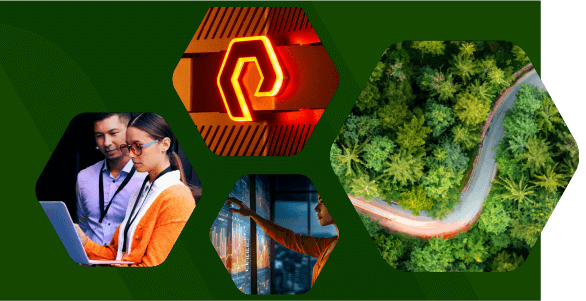
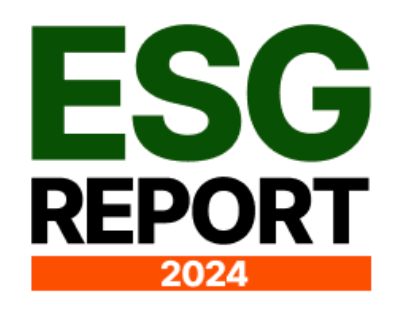
Prioritize Energy Efficiency
Choose storage solutions designed with energy efficiency in mind. Pure Storage products are engineered to offer high performance while reducing the environmental impact of IT operations, contributing to lower operational costs and reduced carbon footprint.
Implement Unified Storage Solutions
Adopt unified storage platforms that can handle multiple protocols (block, file, and object) to simplify infrastructure and improve resource utilization. Pure Storage’s FlashArray (unified block and file) and FlashBlade (unified fast file and object) products allow organizations to deploy unified storage environments that simplify workload consolidation and increase cross-organization data mobility.
Consider Flexible Consumption Models
Explore storage-as-a-service (STaaS) options to optimize resource usage and align costs with actual needs. Pure Storage Evergreen//One™ and Evergreen//Flex™ subscription models provide flexibility in how organizations purchase and consume storage resources.
Focus on Longevity and Upgradability
Choose storage solutions that offer non-disruptive upgrades and long-term viability to reduce e-waste and extend the lifespan of your infrastructure. Pure Storage’s Evergreen architecture allows for continuous hardware and software updates without downtime or data migration.
By implementing these best practices, organizations can significantly enhance the sustainability of their data centers while improving performance and reducing long-term costs. Pure Storage’s portfolio of products, including the Pure//E™ Family, are specifically designed to address these sustainability challenges.
These solutions offer energy-efficient, high-density storage options that can help organizations meet their environmental, social, and governance (ESG) goals while providing the performance and scalability needed for modern data-intensive workloads.
Written By:
Make Green a Reality
See how Pure Storage can help you address sustainability challenges in your data center.
![]()
